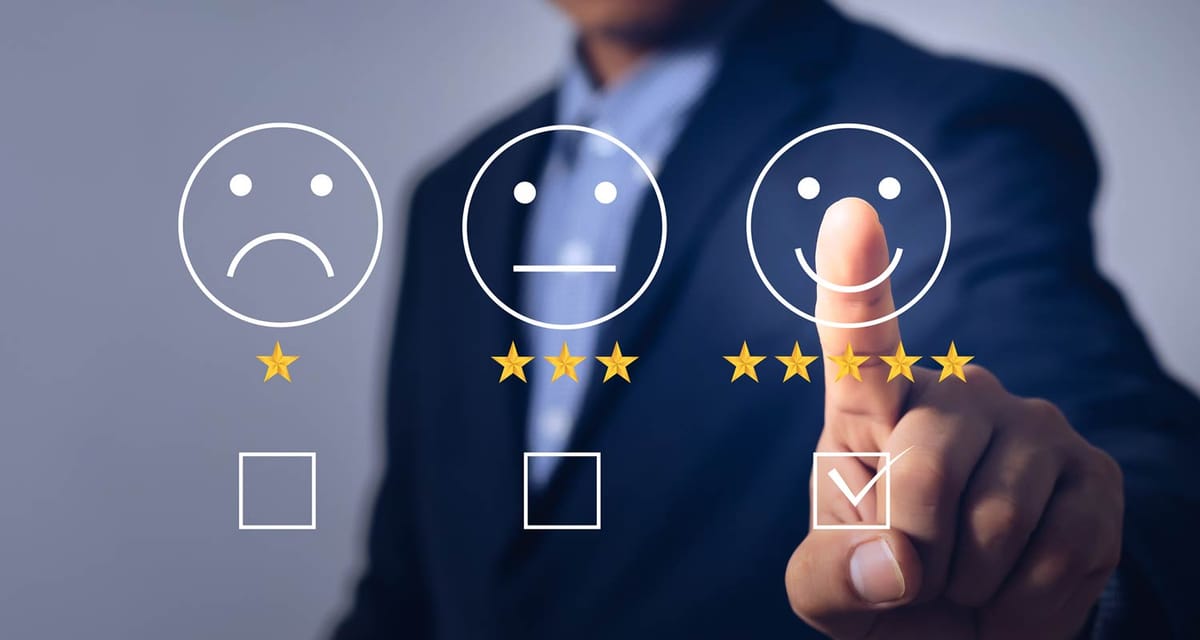Adapt or be Left Behind: Lessons Learned Dealing With Customer Expectations

A quote commonly attributed to Maya Angelou strikes so profoundly true, especially in the context of customer preferences; it goes like this: 'People will forget what you said, people will forget what you did, but people will never forget what you made them feel.'
It clearly expounds that businesses that contribute to creating positive feelings and prioritize meeting up with customers demands through personalization or exceeding expectations build stronger and lasting relationships.
Customer experience is a fundamental business driver and in an age when customers have vast amounts of data about your business and its competitors, it's a sustainable source of competitive advantage. With interactions being magnified and amplified across social media platforms, understanding and exceeding customer expectations is now more crucial than ever.
A survey conducted by Business Day reports that 80% of African businesses fail within five years. Similarly, a study by SMEDAN and the National Bureau of Statistics (NBS) discovered that over 40% of Nigerian SMEs fail due to lack of market demand for their products or services, often because they don't conduct adequate research to understand customer preferences, with 19% citing being outcompeted due to failure to meet customer expectations.
Netflix, formerly a DVD rental service, began in 1997 and outperformed its competitor Blockbuster, which had already dominated the market. Their strategy? They use customer feedback to refine their model, leveraging data to recommend movies. By 2005, it had made over 4 million subscribers. In 2007, it launched its streaming services.
By 2010, this move surged them to have 20 million subscribers, surpassing their competitors, who unfortunately had to file for bankruptcy in the same year.
Netflix didn't stop there. Using the same strategy, they soared again, expanding globally to over 190 countries: Latin America, Canada, and Europe. Its subscriber base grew to over 70 million, outpacing cable providers. They got to Africa in January 2016 and grew their customer base in Nigeria, outpacing local competitors.
Now, Netflix is the new go-to for movie night, with Netflix and chill becoming a thing and over 300 million subscribers.
This breakthrough didn't just unveil how surveys and data analytics helped Netflix with their customer-centric approach but also revealed the importance of prioritizing customer expectations, and as a result, it helped them to be sustainable and scalable.
Many businesses prefer to stick to the same service model, ignore or are slow to respond to customer feedback, and fail to pivot when demand drops. When this happens, the fall of such businesses is inevitable, lurking in the shadows.
Customers have more chances than ever and their expectations can evolve rapidly. Businesses that don't align with customer needs face declining sales and eventual closure if they fail to pivot and adapt especially in Nigeria's price-sensitive market, where 63% of consumers report insufficient income for basic needs.
As a business owner, there are strategies involved to adapt to customers expectations, start with:
1. Research by using demographic information.
It helps to identify emerging trends, anticipate changing demands, and accurately measure the customer experience. With this, you can offer personalized solutions to exceed customer expectations and improve service.
2. Practice Flexibility.
Adopt agile technology; it will help in managing data, extracting information, solving problems, and improving collaboration, preparing your business for the future more effectively than sticking to the conventional.
3. Partnership
It helps to reveal deficiencies not recognized, and as a result, it provides access to specialized skills or technologies that allow you to respond to customer needs faster and meet diverse customer preferences.
4. Stay open to feedback.
When a customer feels heard, it makes them feel their opinion is truly valued. Good customer feedback generates positive reviews, referrals, and word-of-mouth advertising, which is still the most successful acquisition channel.
5. Education
Contribute to training your staff for an effective customer-centric approach.
Consumer preferences will continue to evolve, making agility a key strength. Regularly reviewing trends, listening to customer feedback, and being willing to experiment with new approaches will help your business stay ahead. The question is, are you ready to adapt also?





